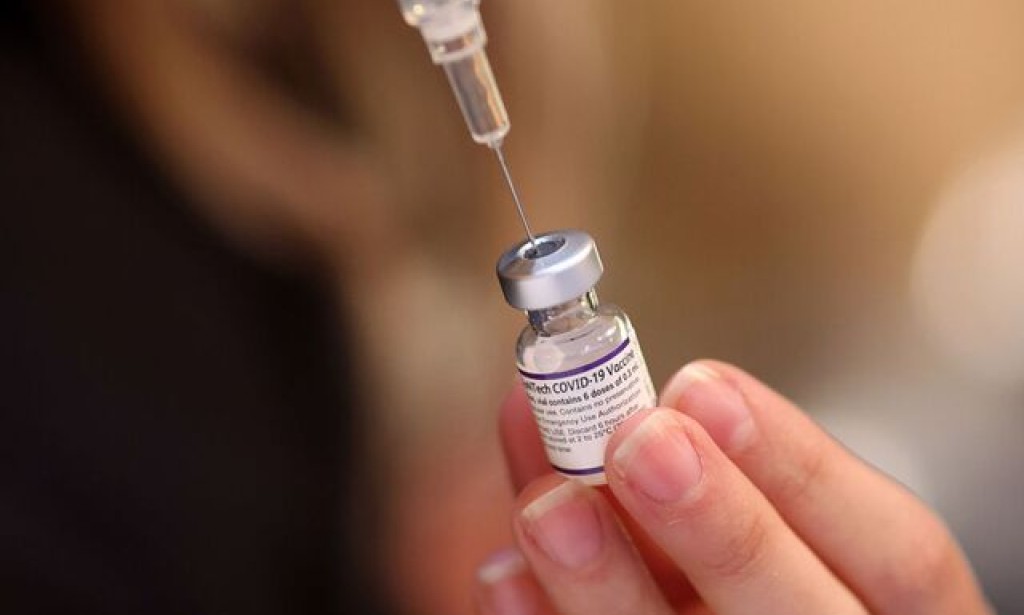The recent race to create a vaccine that could protect millions of people from a potentially deadly viral illness put a spotlight on an area in health care that's long drawn concern, with companies emphasizing their pursuit of diversity in clinical trials for a COVID-19 shot.
Three years later – amid the tailings of a pandemic that's often taken a disproportionate toll on people of color – experts say work remains, even as lessons learned during the crisis offer a hopeful path forward.
READ: Preventable Deaths Rose During Pandemic
“Racial diversity in clinical trials is a huge, huge issue,” says Dr. Leslie Cho, director of the Women’s Cardiovascular Center at the Cleveland Clinic and chief quality officer for the clinic’s Robert and Suzanne Tomsich Department of Cardiovascular Medicine. “Because of the very painful history of underrepresented minorities in medical research – not that long ago – it’s created this huge amount of distrust within those communities and a lot of work that needs to be done to mend some fences.”
Diversity data for drug trials can be layered and nuanced. Among a pool of nearly 300,000 global participants in trials for drugs vetted for approval by the U.S. Food and Drug Administration from 2015 to 2019, Black or African American individuals accounted for just 7%, according to a summary report, with participation among Hispanics at 13%, Asians at 11% and whites at 76%.
At the same time, diversity can vary by geographic location: The same FDA report shows the U.S. accounted for the greatest share of trial participants by far, at 35%, and among studies at U.S. sites alone, Black or African American participation rose to 16% – a share higher than that of the country’s Black population. With ethnicity data for some participants missing, Hispanic participation rose to 15%, ticking closer to the group’s current population share of about 19%. Asian participation, meanwhile, fell from 11% globally to 2% in the U.S.
Yet despite better numbers for some groups at the national level, minority inclusion also can vary by individual drug trial, and having diverse participants enrolled may be even more needed based on a targeted disease’s demographic impact.
Overall, an FDA spokesperson says that “trial participants should reflect the population that is likely to use the product if FDA-approved.



You must be logged in to post a comment.